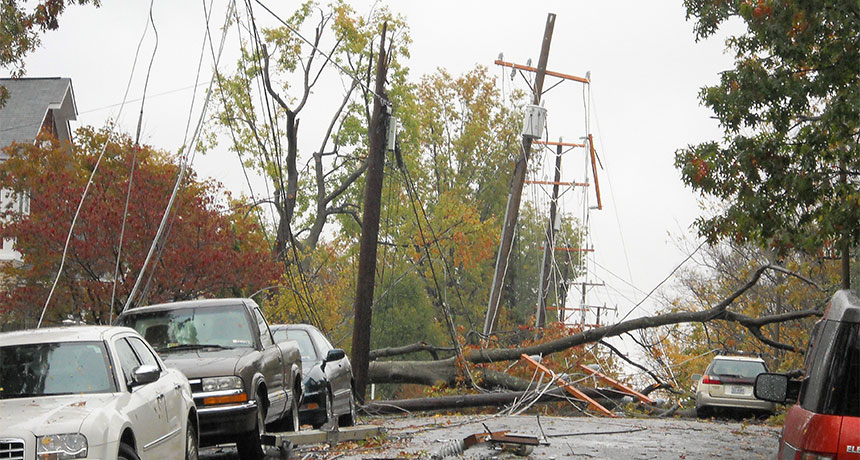
Hurricane reports ignore indirect deaths
Science News, September 2015Hurricanes and other tropical storms are deadlier than just surging water and howling wind. Close to half of all storm fatalities are caused indirectly, new research shows.

Hurricanes and other tropical storms are deadlier than just surging water and howling wind. Close to half of all storm fatalities are caused indirectly, new research shows.
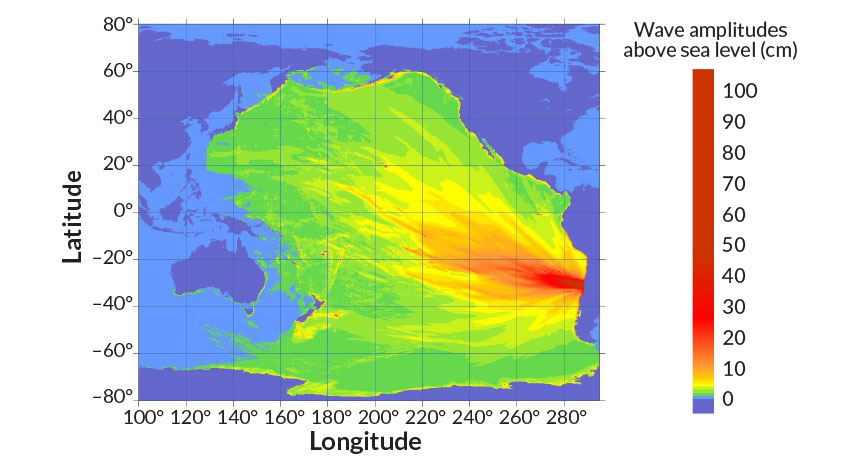
The deadly magnitude 8.3 earthquake off the coast of Chile on September 16 sent an enormous pulse of water racing away from the quake’s epicenter, prompting an evacuation of more than 1 million Chileans. This surging seawater provided an unanticipated test for a new, faster way to forecast quake-generated tsunamis.
Adapted for Science News for Students.
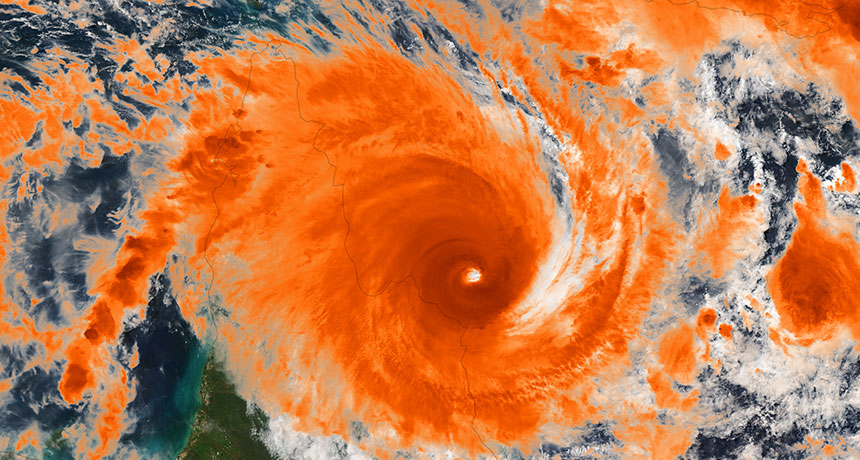
September 12 marks the peak of the Atlantic Ocean hurricane season, but this year the day passed without any named storms. Odder still, the recently restless Pacific Ocean had a quiet day, too. In fact, across the entire Northern Hemisphere, not a single tropical storm swirled.
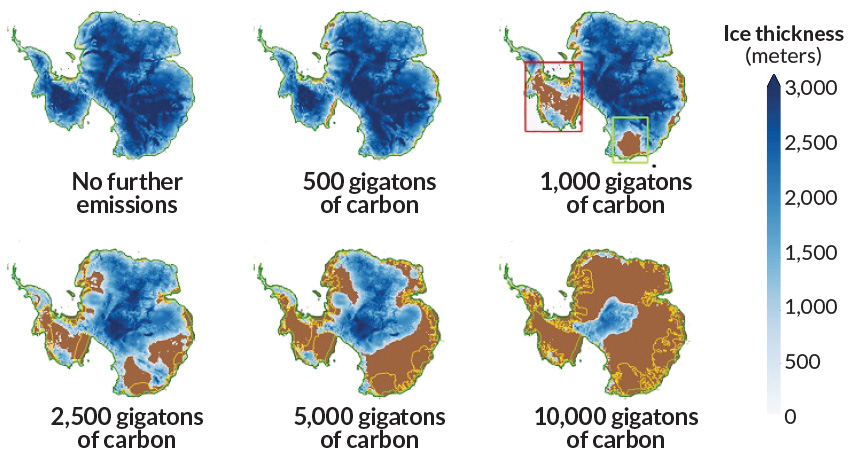
Exhausting all attainable fossil fuels would annihilate the Antarctic ice sheet and raise global sea levels by as much as 58 meters, more than the height of Niagara Falls, new research calculates.
The first oxygen-producing life-forms appeared hundreds of millions of years earlier than previously known, new evidence suggests.
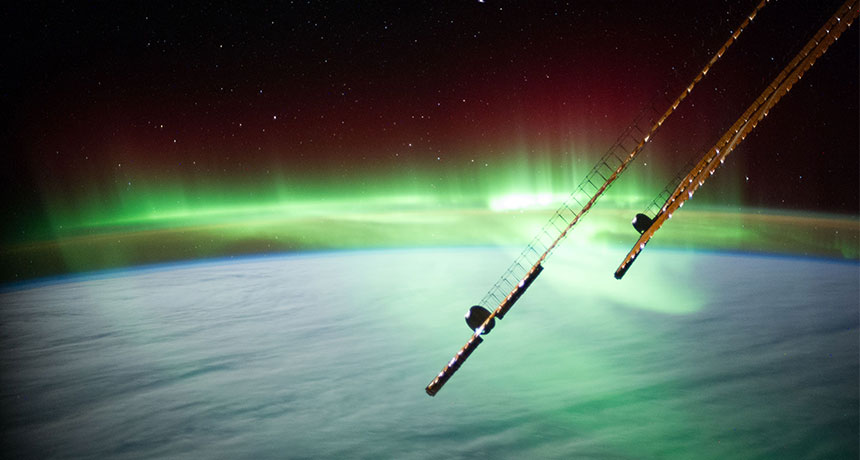
A powerful global magnetic field envelops Earth in a cozy blanket of protection against bursts of solar particles (see “The magnetic mystery at the center of the Earth“). But the solar system’s other rocky worlds aren’t so lucky.
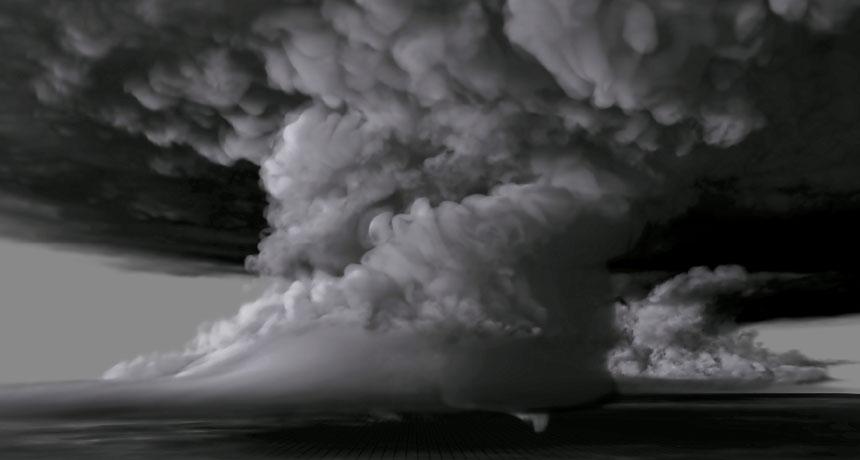
A rotating updraft within this 20-kilometer-high thunderstorm sired a violent tornado. The twister, which looks quite small compared with the rest of the towering storm, packed winds at over 320 kilometers per hour and left behind a long trail of devastation. Or it would have, had the storm been real.
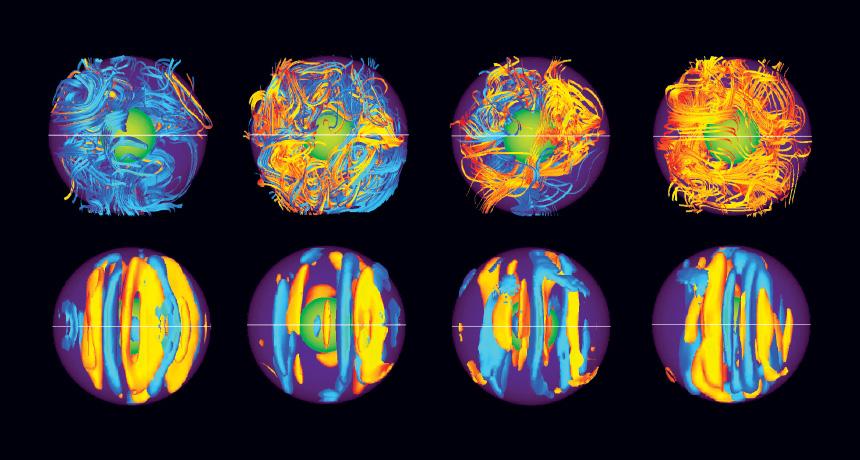
Earth’s depths are a hellish place. More than 5,000 kilometers belowground, the iron-rich core scorches at temperatures comparable to the sun’s surface and crushes at pressures akin to the weight of 20 blue whales balanced on a postage stamp.

The biggest catastrophe in the history of life on Earth resulted from one of the most titanic volcanic outpourings on record, new research concludes.
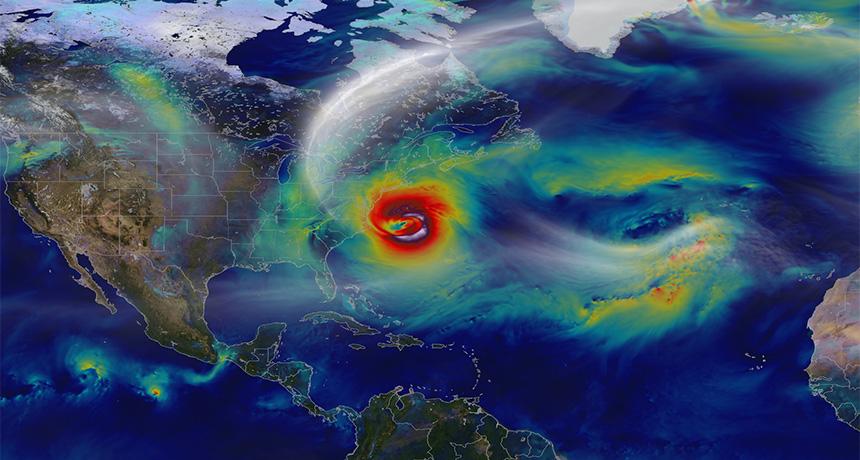
As Sandy raged, the ground trembled. Rumbles picked up by seismometers during Hurricane Sandy’s trip up the U.S. East Coast in 2012 originated from the storm’s eye, seismologists report in a paper to be published in the Journal of Geophysical Research: Solid Earth. Listening for these rumbles could help meteorologists remotely monitor air pressure changes inside hurricanes and better predict sudden increases in storm intensity, the researchers propose.